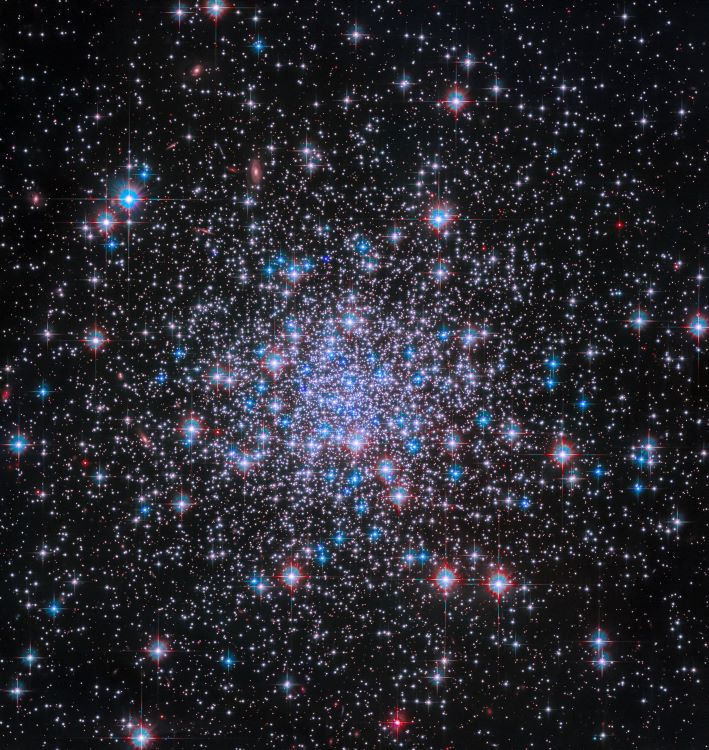Hubble peers into glittering star cluster | See image

This glittery landscape shows a globular cluster - tightly bound clusters of tens of thousands to millions of stars - captured by the NASA/ESA Hubble Space Telescope. Dubbed NGC 2298, the globular cluster sparkling in this Hubble image lies in the constellation Puppis.
Globular clusters are typically home to older populations of stars, and they mostly reside in the dusty outskirts of galaxies. They serve as cosmic laboratories for studying stellar evolution and dynamics.
As clearly visible in this image, the hearts of globular clusters are crowded with a multitude of glittering stars.
Hubble's ability to observe the universe across different wavelengths - ultraviolet, visible, and near-infrared light - allows astronomers to better understand how globular clusters behave, including their internal movements, orbits, and the evolution of their stars.
Since its launch on April 24, 1990, Hubble has been pivotal in expanding our understanding of the universe. Its location outside Earth's atmosphere allows it to take extremely sharp images with exquisite detail. Over its operational life, the Hubble Space Telescope has been serviced and upgraded via a series of space shuttle missions, the last of which was in 2009.
Happy #ValentinesDay from Hubble! 💘To show our love, here's a new image of the globular cluster NGC 2298. These stars are attracted to each other... gravitationally, that is.Read more: https://t.co/LpEsHhQlBf pic.twitter.com/fbvGyVU07O
— Hubble (@NASAHubble) February 14, 2024
- READ MORE ON:
- NGC 2298
- Globular clusters
- Hubble Space Telescope










